Color or colour is the visual perceptual property corresponding in humans to the categories called red, orange, yellow, green, blue, and so forth.
Blue is associated with two of Earth’s greatest natural features: the sky and the ocean.
One of the first known theories about color can be found in On Colors, a short text written in ancient Greece. The text was originally attributed to Aristotle, but it is now widely accepted to have been written by members of his Peripatetic school. Based on observations of how color behaves in nature, the text argues that all colors exist in a spectrum between darkness and light, and that four primary colors come from the four elements: fire, air, water, and earth.
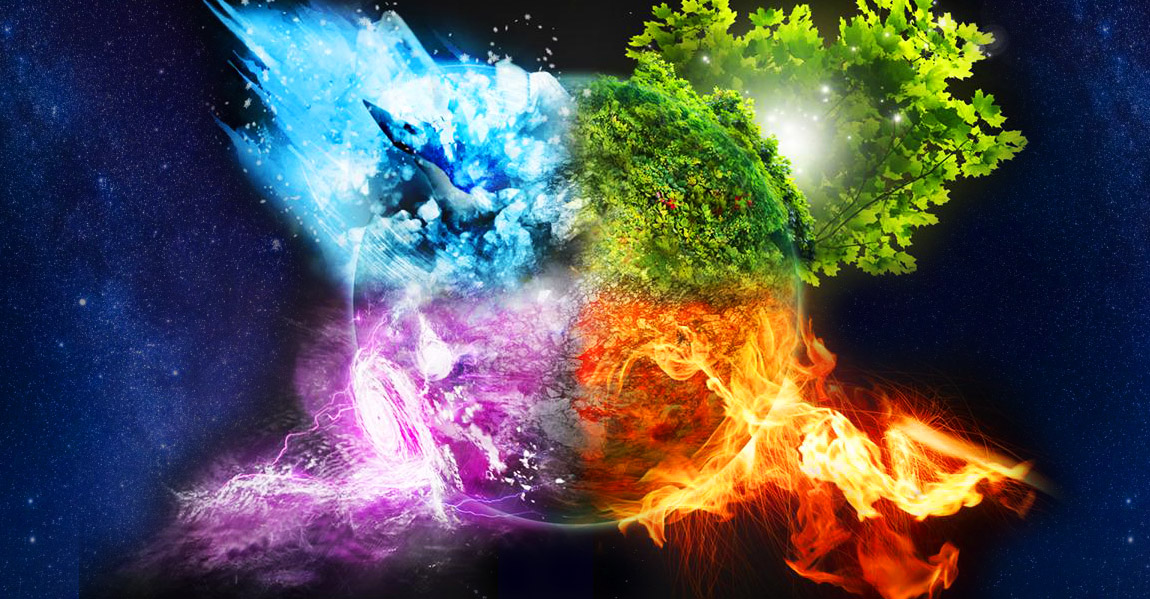
Color categories and physical specifications of color are also associated with objects, materials, light sources, and so forth, based on their physical properties such as light absorption, reflection, or emission spectra.
While Newton was interested in a scientific explanation of color, the German poet Wolfgang von Goethe dedicated his book Theory of Colors from 1810 to a more human-centered analysis of the perception of color. Through a series of experiments that measured the eye’s response to certain colors, Goethe created what is arguably the most famous color circle of all time. The circle had three primary colors – magenta, yellow, and blue – which he believed could mix all other colors in the spectrum.
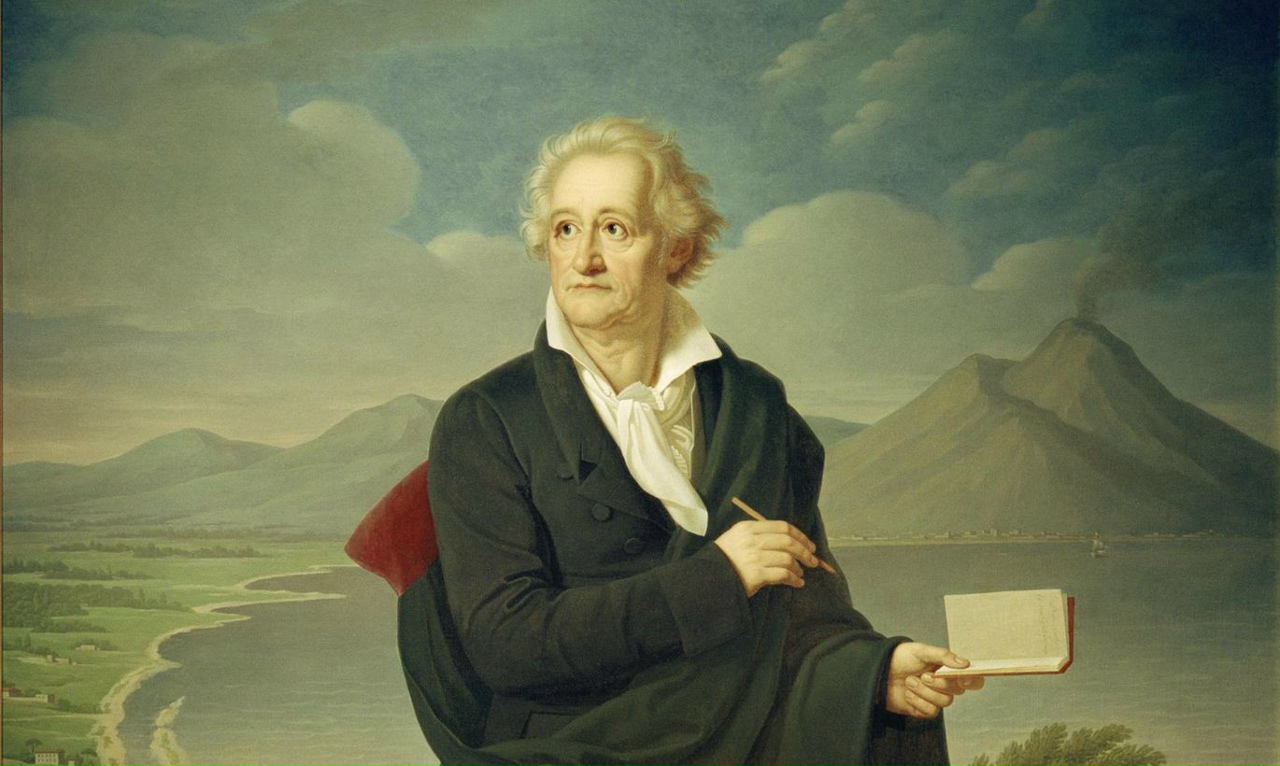
Primary colors include red, blue and yellow. Primary colors cannot be mixed from other colors. They are the source of all other colors.
In fact, there are no pure colours in a rainbow – they all blend into one continuous spectrum – but ever since Newton we’ve settled on 7 and used little rhymes to remember them. Americans favour ‘Roy G Biv’ while British children might learn ‘Richard York gave battle in vain’ – red, orange, yellow, green, blue, indigo and violet.

The first colour used in art was red – from ochre. And the first known example of cave art was a red ochre plaque, which contains symbolic engravings of triangles, diamond shapes and lines, dated to 75,000 years
ago.
It derives from the spectrum of light (distribution of light energy of different wavelengths) interacting in the eye with the spectral sensitivities of light receptors.

Secondary colors are mixed from two primary colors adjacent to each other on the color wheel. The secondary colors are orange, green and violet.
Artists invented the first pigments — a combination of soil, animal fat, burnt charcoal, and chalk — as early as 40,000 years ago, creating a basic palette of five colors: red, yellow, brown, black, and white. Since then, the history of color has been one of perpetual discovery, whether through exploration or scientific advancement.

The colors of red, orange, and yellow are considered warm colors because they evoke images of fire. They contrast with cool tones, which evoke thoughts of water, and include shades of blue, green, and purple.
The rainbow used to have just 5 colours – until 1704 when Sir Isaac Newton added orange and indigo to the list simply because he had a fondness for the supposedly mystical properties of the number 7.
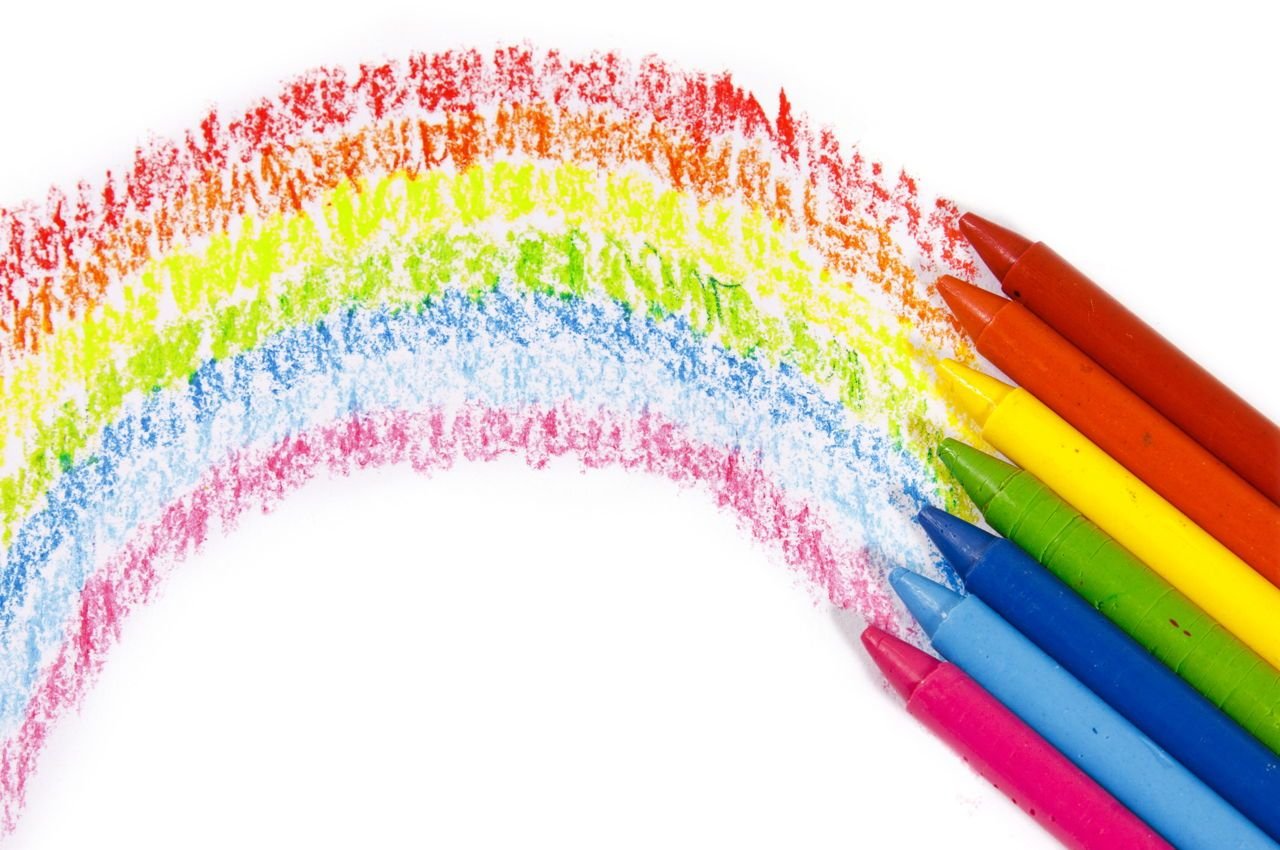
The world’s favourite color is blue even though it is relatively new to the party linguistically.
The invention of new pigments accompanied the developments of art history’s greatest movements — from the Renaissance to Impressionism — as artists experimented with colors never before seen in the history of painting.
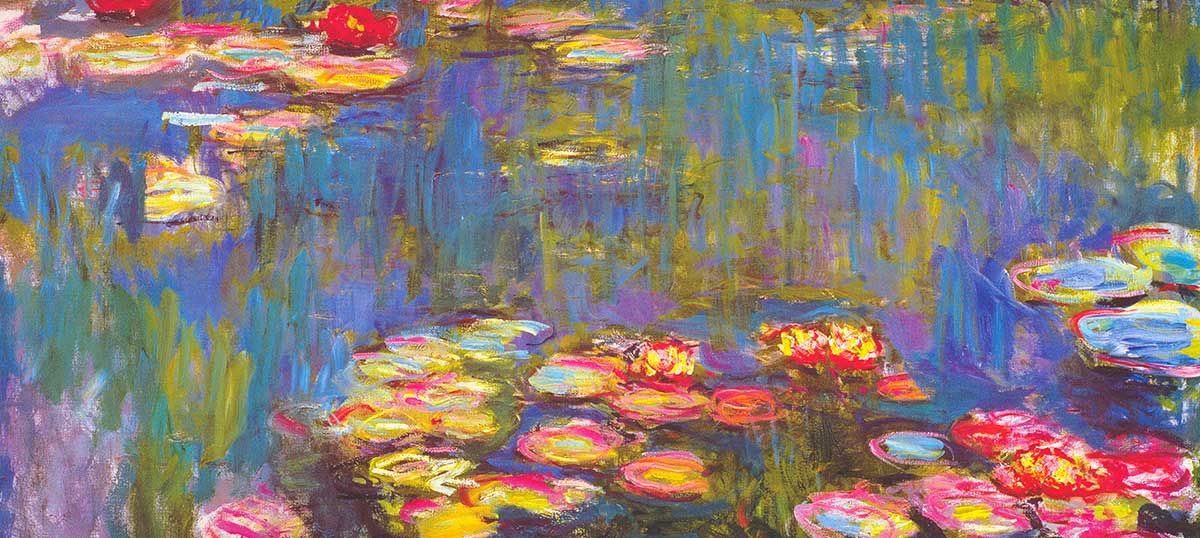

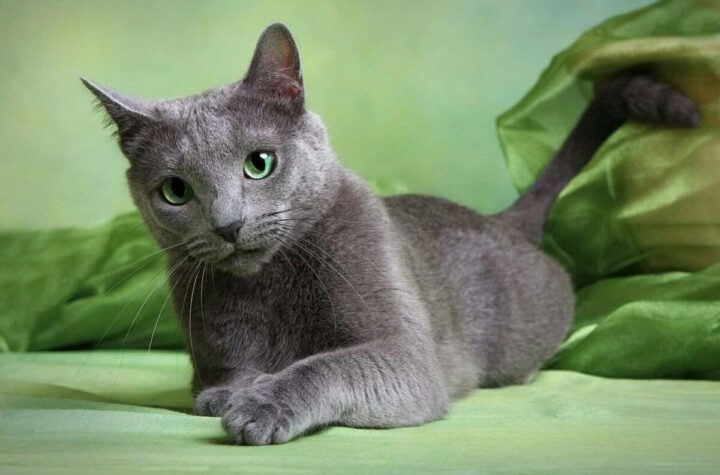


Related Posts
7 Interesting Facts About Running
7 Health Benefits of Laughing
5 Brilliant Facts About Rhinoceros Beetles